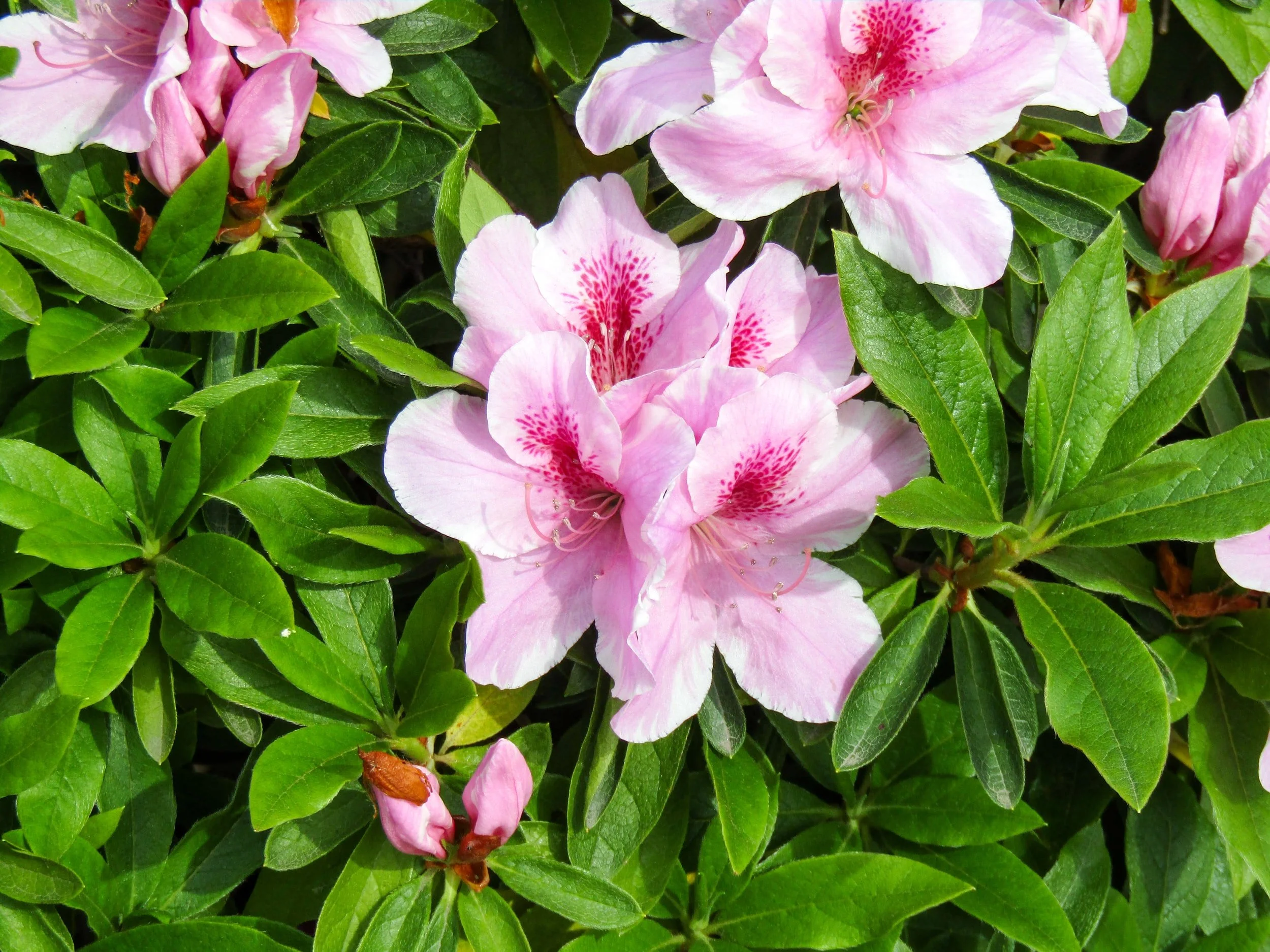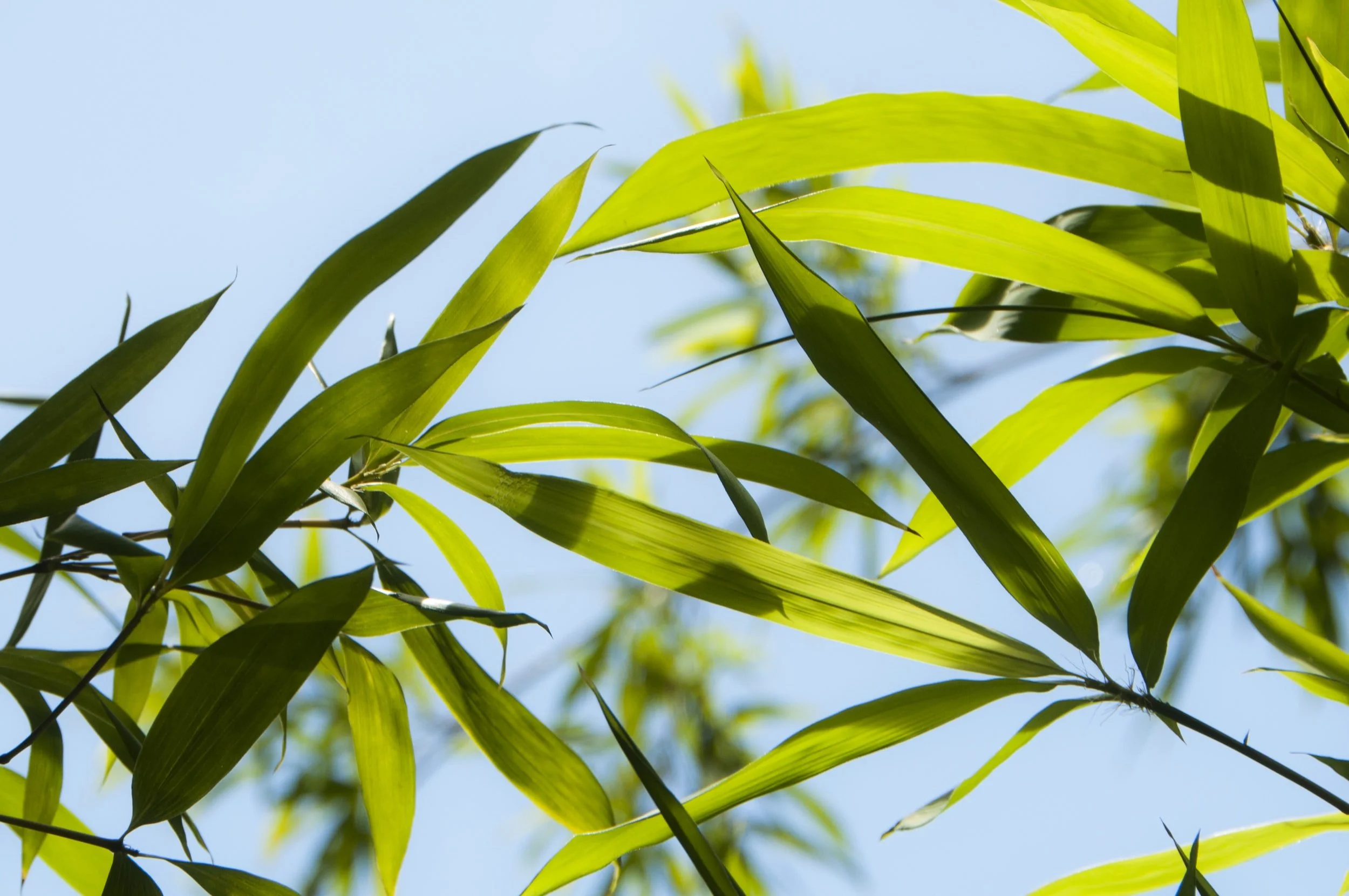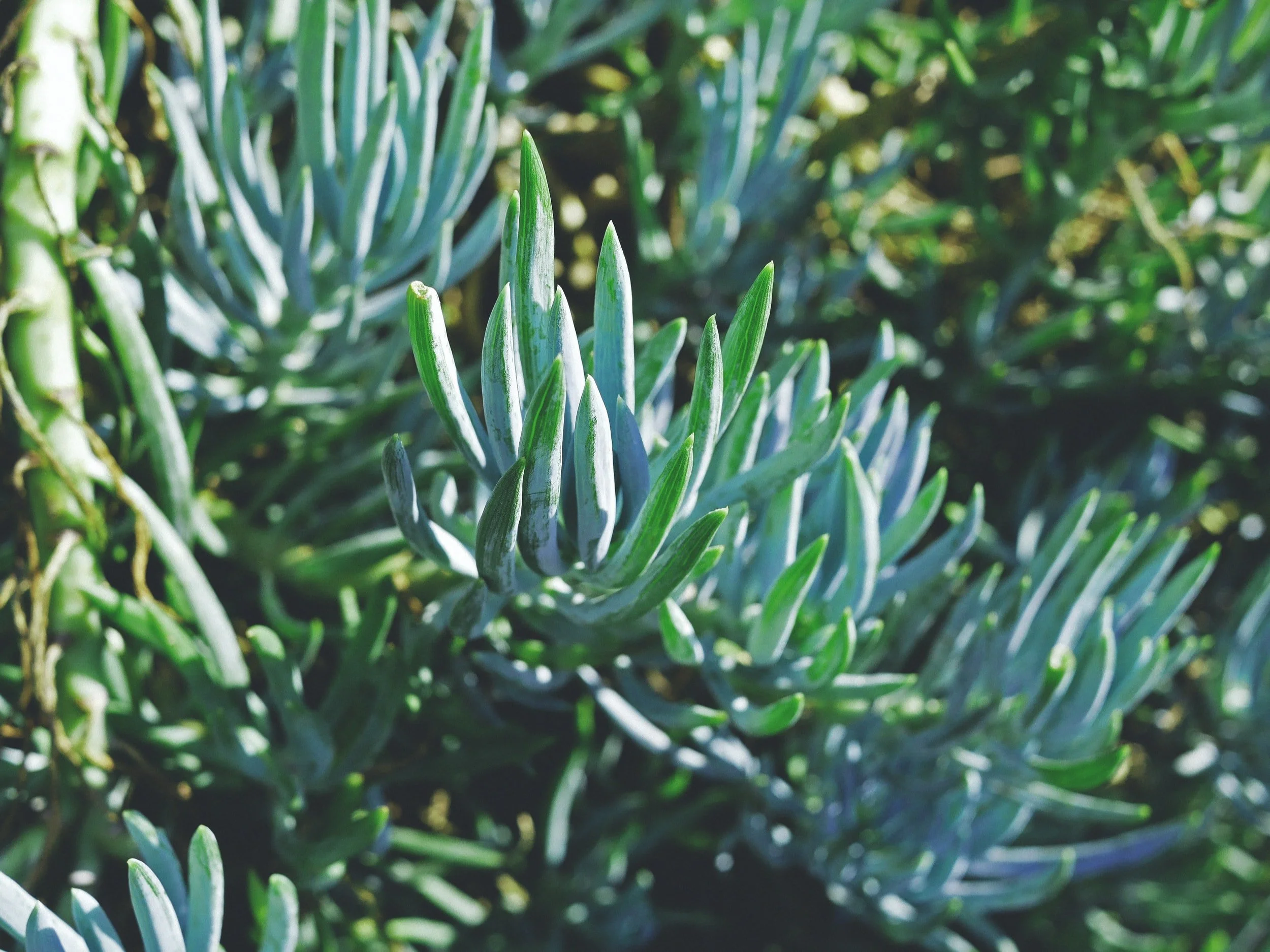10 Messy Plants You Don't Want Near the Pool
Do you want a high-maintenance relationship with your swimming pool or spa? The kind that requires you to spend your free time (what's that?) cleaning out twigs, spent flowers, fruit, and plant debris from nearby poolside landscaping?
The whole idea of a pool is to enjoy time with family and friends while maybe getting in some exercise, in the privacy of your backyard. Hours of maintenance is not what you signed up for.
"Anything with thorns is a 'no,' as well as plants with small flowers that will bypass a skimmer basket," advises Myles McMorrow, owner of Pool Services Network, a swimming pool service company based in the Washington DC area. He continues: "Some types of ornamental grasses (like maidenhair) hang over the pool when they get too tall. Their blades are sharp, and they're too large to fit into skimmers and cleaners after they fall into the pool. I'd also avoid flowering trees, like cherry and plum."
Tip
On the subject of things to be aware of when selecting poolside plants: find out how far their root systems are likely to spread, so you won't get roots in your water pipes.
But let's focus on plants that shed. This list of messy trees, shrubs, and vines is presented alphabetically.
1. Acacia (Fabaceae)
Photo: Nina Luong
This evergreen Australian native can be grown as a tree or shrub and has creamy-yellow clusters of flowers that grow along its stems from late winter to summer, depending on where you live. All species of acacia have pods, sap, and are fire-resistant. When it's time for the acacia to release its flower clusters, they spread—all over your yard and into your pool.
If you must have an acacia, plant it in the front yard and hope a mighty wind doesn't blow around the time of pod and flower drop.
USDA Hardiness Zones: 7-12
Flower Color Varieties: white, cream, yellow
Light: Full sun, partial shade
Soil Needs: Neutral to alkaline, well-drained
2. Azalea (Rhododendron)
Photo: Yamasa-n
Azaleas are known as "the royalty of the garden." Colors range in the pinks, reds, purples and white, and there are approximately 800 species belonging to this large group. The shrub is a favorite of many gardeners for its stunning and often profuse flowers, long bloom time, and long life—some live for decades if treated well.
This is not to say that azalea lovers can't have their beloved bushes inhabiting the same yard as a swimming pool. Just make sure the plants are in containers or beds that are as far away as possible from the pool. Why? leaf and flower drop.
Azaleas are either evergreen or deciduous. Deciduous azaleas drop all of their leaves in the fall. In dry climates, the plants may shed their leaves earlier than usual. Leaves will then grow back in the spring. In warmer climates or during unusually warm winters, deciduous azaleas may keep some of their leaves through the winter, according to the Azalea Society of America.
The other kind of azaleas, evergreen, may also drop their leaves. They give the appearance of being evergreen because they grow two sets of leaves each year. Spring leaves on evergreens are thinner, larger, and grow along the stems, then drop off in the fall. Summer leaves are thicker, smaller, are crowded at the branch ends, and continue through the winter. In colder climates or extremely cold temperatures, evergreen azaleas may drop most of their leaves during the winter
USDA Hardiness Zones: 4-9
Flower Color Varieties: white, lavender, rose, red, orange, pink
Light: Full sun, partial shade
Soil Needs: acidic, well-drained
3. Bamboo (Bambusa)
Photo: Jessica Weiller
Nothing says exotic and tropical quite like bamboo, which can grow quickly and spread profusely if you choose the clumping variety. If your backyard has a tropical, Asian, or Japanese garden theme and you're dead-set on using bamboo, plant it away from the pool to keep leaf litter from blowing into the water.
USDA Hardiness Zones: 6-10
Flower Color Varieties: Rarely flowers
Light: Full sun, partial shade
Soil Needs: Neutral to acidic, moist but well-drained
4. Bottlebrush (Callistemon)
Photo: Abdul Zreika
Natives to Australia, Callistemon, better known by their common name, bottlebrush, are naturally dense and compact and make ideal hedges for privacy. Those red bottlebrush-looking flowers are known to shed, and when they do, all those individual red needle-like parts scatter into many pieces. If it's near your pool or in the same yard, the wind will blow it you-know-where.
USDA Hardiness Zones: 9-11
Flower Color Varieties: Red
Light: Full sun
Soil Needs: Acidic, neutral, loamy, sandy, moist but well-drained
5. Bougainvillea (Nyctaginaceae)
Photo: Tim Photoguy
This shrubby, evergreen vine is native to tropical and subtropical South America. Many gardeners can control a potential mess by growing bougainvillea in containers on patios or decks, pruning them heavily, then moving them to protected areas during the winter.
Bougainvilleas are known for their vibrant colors, ranging from white to yellow and orange, and from pink to red and purple. However, that fabulous color does not come from the vine's actual flowers, but from its paper-thin bracts that surround the flower.
Double-flowered varieties tend to look messy because they retain faded blooms for a long time. After that, they lose their bracts, or twice the bracts. If the vigorous growing vine is near your pool, that's double the number of papery bracts you get to clean out of your pool.
USDA Hardiness Zones: 9-11
Flower Color Varieties: White, yellow, orange, pink, red, purple
Light: Full sun, light shade
Soil Needs: Acidic, well-drained
6. Crape Myrtle (Lagerstroemia indica)
Photo: Covington Nursery
Crape myrtles, often spelled as "crepe myrtle," are elegant-looking subtropical trees that are drought tolerant or resistant if planted inland from coastal regions (where they are subject to mildew). The tree has pretty flowers in white along with vibrant shades of pink and red during the summer months, with a pretty gray-brown bark that tends to peel off annually.
"The little tiny flowers fill the pool surface with brightly colored debris. It clogs the skimmers and when it sinks it's so small a pressure-side cleaner won't pick it up most of the time," says Brian Alan Shirley, owner of Abracadabra Pool Technologies of Decatur, Georgia.
USDA Hardiness Zones: 6-10
Flower Color Varieties: White, pink, red, lavender, purple, mauve
Light: Full sun
Soil Needs: Slightly acidic to neutral, well-drained
7. Dwarf Arborvitae (Thuja orientalis or Platycladus orientalis)
Photo: Andrea Macias
Increasingly popular for their neat, symmetrical growth habits, Thuja (or Thuya) are often pruned into geometrical shapes, like globes, cones, or cylinders. Foliage is golden yellow or green but can take on bronze tones in winter.
McMorrow says his customers like Thuja for their resemblance to somewhat larger bonsai trees. "But, they clog up filters and their leaves are like needles."
That doesn't mean you can't enjoy dwarf arborvitae in your backyard. Just move them away from the pool—plant them in a bed closer to the house or in containers on the patio.
USDA Hardiness Zones: 2-7
Flower Color Varieties: Does not bloom
Light: Full sun, partial shade
Soil Needs: Acidic, alkaline, moist but well-drained
8. Flowering Cherry or Plum Tree (Prunus)
Photo: AJ
A cherry tree in bloom is a thing of beauty, and that springtime visit to Washington, D.C., to see the famous Japanese cherry trees in bloom might inspire you to plant one in your yard when you get home, not far from the pool. It would look so romantic in the spring, especially with a carefully placed bench underneath it.
It may be a buzzkill, but cherry trees shed their blossoms year after year. And someone— you, perhaps—will have to sweep them up. If you are fortunate enough to have a backyard pool, the blossoms will inevitably alight on the water, where you will be faced with the task of cleaning them out of the filter. Ahhh, the joys of spring.
Ornamental species of the genus Prunus are evergreen and deciduous. Evergreens can be used as hedges, privacy screens or shade trees. Deciduous flowering trees and shrubs—like the gorgeous trees on display in Washington, D.C.—are prized for their winter or spring display of blossoms along with their attractive shapes. Even better: several of the deciduous flowering trees produce edible fruits.
USDA Hardiness Zones: 5-8
Flower Color Varieties: Pinkish red blooms
Light: Full sun
Soil Needs: Neutral, loamy, well-drained
9. Honeysuckle (Lonicera)
Photo: Townsend Walton
As the name might imply, honeysuckles have fragrant flowers that attract hummingbirds. Red or purple berries that develop after blooming provide food for other birds.
Types of honeysuckle include evergreen, semi-evergreen, and deciduous shrubs and vines. Both the vines and shrubs can become invasive, along with littering your yard with spent blooms.
USDA Hardiness Zones: 5-8
Flower Color Varieties: White, maturing to yellow
Light: Full sun to part shade
Soil Needs: Neutral, acidic, or alkaline, well-drained
10. Tulip Tree (Liriodendron tulipifera)
Photo: Quinta Dos Ouriques
A native of the eastern United States, this fast-growing tree can shoot up to 80 feet, spreading to 40 feet wide. Tulip-shaped yellow flowers appear in spring; blossoms tend to appear at the top of the tree.
Also known as tulip poplars, Myles McMorrow of Pool Services Network comes across the trees often in his Washington, D.C., pool service business. "They drop something all four seasons," he says. "In spring it's flowers, summer, it's sap, fall it's pods and leaves, and winter it's sticks. The leaves sink, get soggy and never make it into skimmers and end up clogging cleaners."
USDA Hardiness Zones: 4-9
Flower Color Varieties: Yellow-green, orange
Light: Full sun
Soil Needs: Acidic to alkaline, moist, well-drained
** This article was originally published by Lisa Hallett Tayor on The Spruce . CLICK HERE to view the full article.










